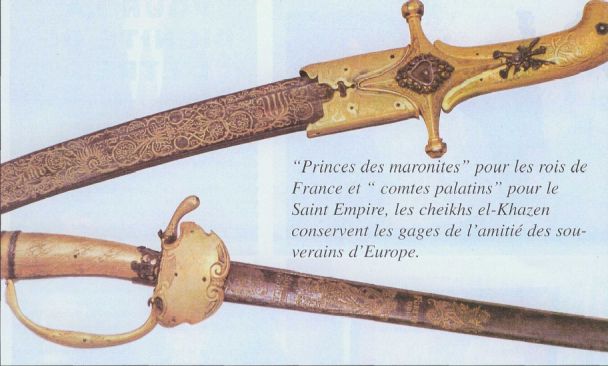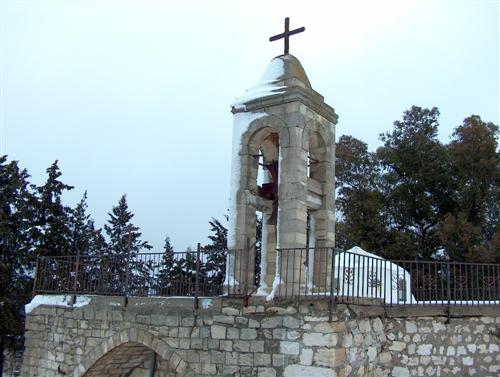BEIRUT: Agriculture Minister Akram Chehayeb launched Monday a coordination committee for Lebanon’s dairy sector, after a week of heated protests by dairy farmers over the low demand for milk. The committee will include two representatives from local dairy factories, two dairy farmers and a ministerial representative. The committee, which will have a center in […]
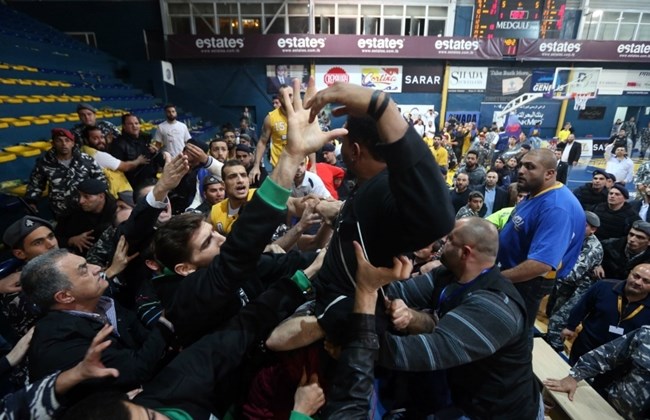
Lebanon has banned basketball fans from attending games after a fist fight broke out between players from rival teams.
Sports and Youth Minister Abdul-Muttaleb Hinnawi told the local Al-Jadeed TV on Monday that the decision was taken by the interior minister.
The decision came after a Sunday night game between Lebanon’s most popular teams, the Christian-backed Sagesse club and Sunni Muslim-supported Riyadi. During the match a fist fight between two players escalated into a brawl.
Local media said four players were injured and the game was halted with less than a minute left, with Riyadi leading 109-98. A few fans ran onto the court and joined the fight.
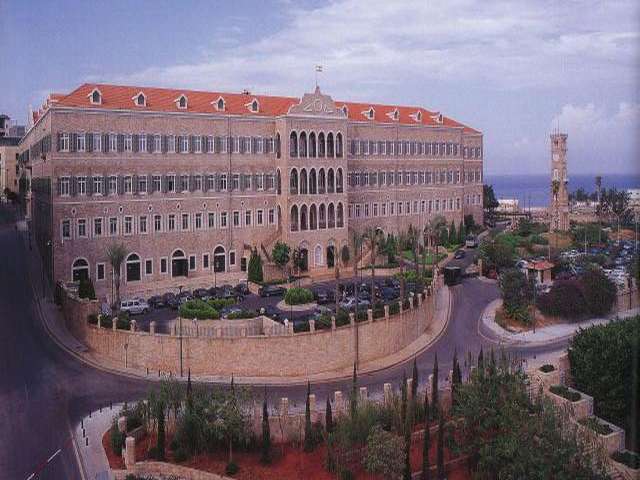
World Bulletin / News Desk
Hundreds of Lebanese nationals staged a protest in the northern city of Tripoli on Saturday against plans to establish a car parking lot in place of an old Ottoman Serail, which stood atop a hill in the northern city.
The council of Tripoli had earlier approved the establishment of the parking lot in place of the Serail, which is bringing anger to the city.
More than 300 people gathered outside the council of the city to protest against the decision and the failure of the council to revive the Ottoman building.
Khaled Tadmori, the council’s head of monuments and heritage, said the council had reconsidered its initial decision to revive the Serail because of the presence of political pressure from former Lebanese Prime Minister Saad al-Hariri.
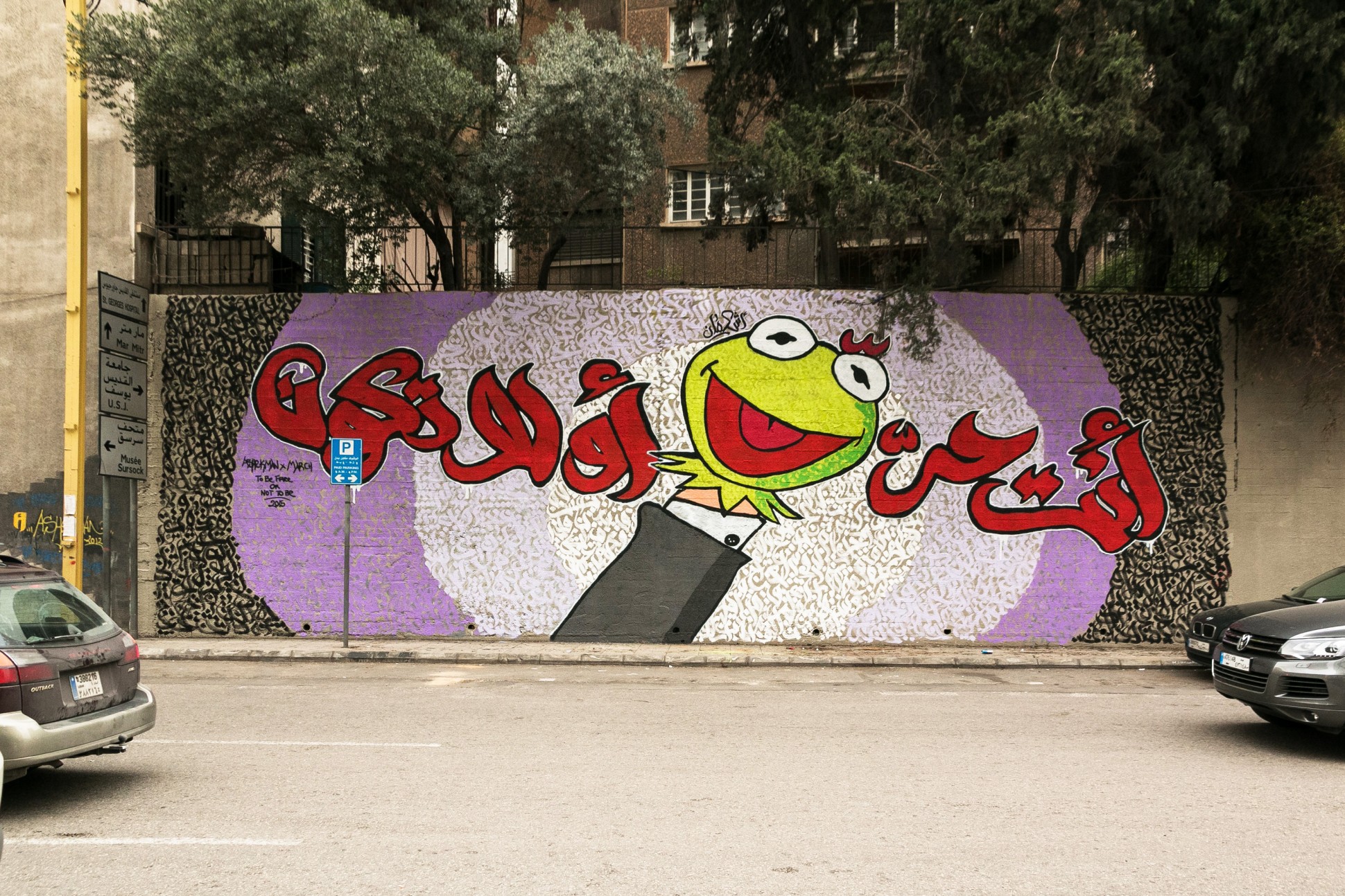
Street art is ubiquitous in Beirut. Walk the city for a few days and one can see everything from small stencils promoting local DJs to larger murals that took artists days to complete. It appears in the all likely places, on highways and under bridges, but also on unused walls or next to buildings. Not even the stairs are safe, as one local group, the Dihzahyners, have shown with their now-famous stair “Paint Ups,” where they coat the otherwise plain staircases that litter the hilly city with beautiful colors and designs.
While all Beirutis are not necessarily out with their spray cans, street art is in the fabric of the cityscape, which is why, earlier this month, when the Lebanese government announced a new campaign regulating graffiti, many were worried that the until-now laissez-faire legality of street art was threatened.
In an attempt to alleviate sectarian tensions, the government announced on February 5 that political flags, banners and posters would be removed from Lebanese cities. Grafitti artists were caught in the cross hairs of this recent decision, as many speculated that the government was attempting to take down their art as well. Street art has flourished in Lebanon as it falls in a legal grey area and is, for the most part, allowed.

LOS ANGELES, CA (Catholic Online) – An unnamed Israeli minister with good ties with the U.S. administration "revealed the attack plan to John Kerry," according to the newspaper account.The Bethlehem-based news agency Ma’an has cited a Kuwaiti newspaper report this past weekend, President Obama threatened to shoot down Israeli jets before they could reach their targets in Iran.
Israeli Prime Minister Benjamin Netanyahu was then reportedly forced to abort the planned Iran attack.The Netanyahu government decided to strike Iran some time in 2014 after Israel discovered the U.S. and Iran had been involved in secret talks over Iran’s nuclear program and were about to sign an agreement without consulting Israel.
BEIRUT: The Army chief vowed Friday to crush Syria-based jihadis threatening to destabilize Lebanon, as troops geared up for possible retaliatory attacks by militants in response to their expulsion from two key positions on the northeastern border with Syria, a senior military official said. The remarks by Army commander Gen. Jean Kahwagi came a […]
Relative calm prevailed on Saturday across the outskirts of the northeastern border village of Ras Baalbek in the Bekaa after the army fortified its posts in the area. Sources said in comments published in As Safir newspaper that the “pre-emptive strike by the Lebanese army against the armed groups, which were preparing to attack […]
BEIRUT: Hundreds of Assyrians marched in Downtown Beirut Saturday in solidarity with their brethren abducted by ISIS in Syria earlier this week. The marchers chanted slogans in their native language and carried signs that read: "Assyrians are the indigenous people of Mesopotamia," "We demand action from the United Nations," and "Save the Christians in […]
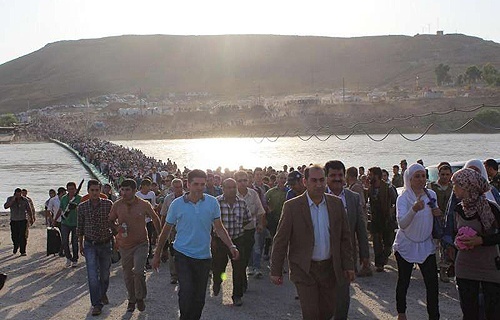
by Elise Harris
Rome, Italy, Feb 26, 2015 / 07:13 am (CNA/EWTN News).- The number of ISIS hostages in Syria has increased to at least 250 after continued attacks on Christian villages, and civilians fleeing to the Turkish border have been stranded when not allowed to cross. “There are 200 families who were running away and trying to escape to Turkey, but the border is closed for Syrians. No Syrian can cross into Turkey,” Archbishop Jacques Behnan Hindo told CNA Feb. 26.
Read more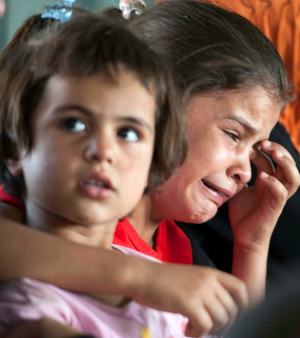
LOS ANGELES, CA (Catholic Online) – Being uprooted and forced to lose everything that was considered normal in your life is something many of us can’t even imagine. For Myriam, a young Iraqi Christian girl, and many like her, this is the reality. Myriam, her family and many other Iraqi Christians have been forced to reside in a half-built mall in Northern Iraq.
They have lost their school and they have lost their churches, but many still remain in good faith. "We used to have a house and were entertained, where as here we are not," stated Myriam, to SAT-7, an Arabic-language TV network. "But thank God. God provides for us. God loves us, and wouldn’t let ISIS kill us." "I won’t do anything to them," Myriam expressed when asked what she thought of ISIS. "I will only ask God to forgive them."
